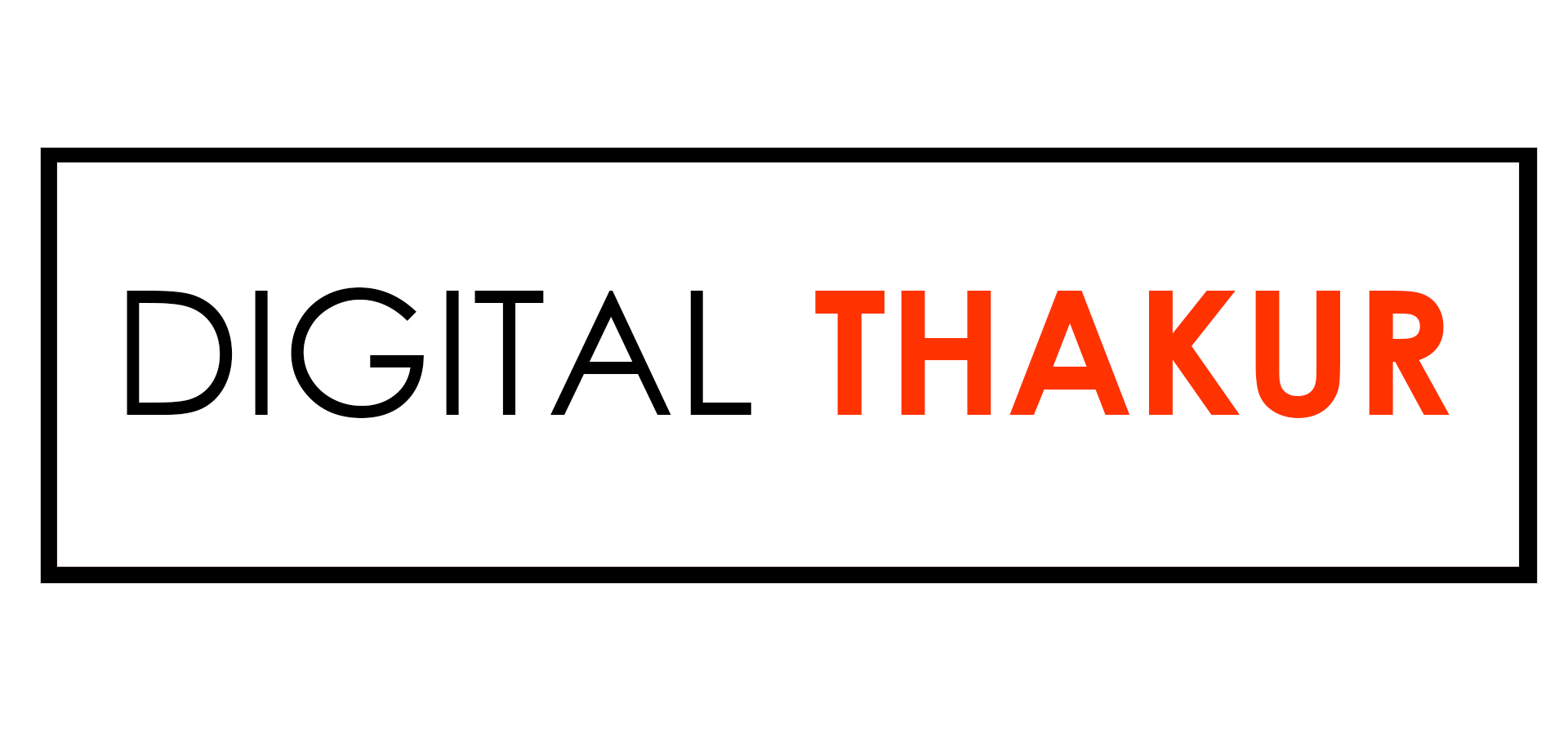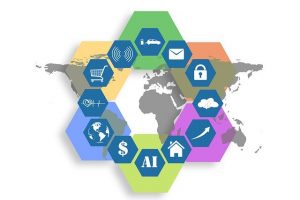
Marketing Automation And AI
The world has been overtaken by artificial intelligence (AI). Whether you like it or not, you can’t ignore it. AI’s creation was not to replace marketers but to supplement and automate their manual efforts. Over a quarter of marketing executives plan to experiment with AI within the next two years, and about 51% are already doing so. These are the ninja marketers who favour clever work and making the most of the technology at their disposal to complete more jobs. Here’s a quick read to assist you in deciding if the artificial brain belongs in your marketing automation software if you’re still on the fence about it.
What is artificial intelligence?
“Artificial intelligence is the concept and creation of computer programmes that can carry out operations and address issues that often call for human intelligence.” In other words, computers or software are designed to emulate human behaviour and intellect by learning patterns or features within a data set as robust algorithms process it. The most critical AI hypotheses are as follows:
- Deep learning is a machine learning component that can make inferences from much more extensive data sets.
- Machine learning steadily increases its intelligence by finding patterns and other insights in data without being told to.
- Computer vision – Using the appropriate image segmentation algorithms, it analyses the environment in real-time in photos or videos.
- Cognitive computing imitates human interaction by sensing, hearing, and responding to circumstances as individuals would.
What is automation?
Automation first became popular in industrial manufacturing. It increased manufacturing productivity through sensors, automatic testing and control systems, mechanical labour, intelligent factory systems, self-operating equipment, and computers. Later, with tools to make such activities more effective, it has moved to other industries, such as marketing. The primary purpose of marketing automation software is to automate routine marketing tasks like email campaigns, lead follow-up, and others.
To work successfully, marketing automation tools must be set with processes, triggers, programming scenarios, and other sensors. As we see with AI, they are sophisticated enough to follow instructions but not to create their own. Because of this, marketers must be able to fully evaluate the information obtained by these tools and implement the appropriate solutions for improved results, constantly updating and adjusting commands to ensure automated systems are operating as intended. This human touch ensures that your gadgets are working in a way that supports your marketing objectives.
How does marketing automation work?
Your automation is essentially programmed utilising rules and procedures.
A reaction is set off when a customer does a specific action, such as signing up for a newsletter, attending an event, or downloading a trends report from a landing page. The newsletter, event reminders, follow-up emails, links to pertinent content, and other communications are sent to the consumer by email, SMS marketing, or even a push notification.
They might get this information by SMS or email, depending on the channel they previously clicked via and how they’ve connected with your brand and the data you’ve collected. You’ll know what information, material, and tracks they like if they’ve read a blog post, clicked a link to your website, or shared one of your social media postings.
Your automation software can collect more data the more customers engage with your brand. You may use it to personalise and enhance the relevance and significance of your consumer messaging.
How is AI used in marketing automation?
The artificial brain is quickly overtaking all other components in marketing automation. A few instances of how marketers use artificial intelligence include chatbots that generate content, AI-powered PPC advertising, personalised website experiences, push notifications, AI churn predictors that increase customer engagement, AI-driven customer insights to determine customer behavioural patterns, and automated image recognition.
We’ve been spoiled by Siri, Google Home, and Amazon Echo, and things will only get better and more sophisticated. Marketers also use machine learning to conduct customised searches to give content focused on the consumer’s needs. A hyper-personalised experience is produced by adding geo-targeting to this personalization for targeted location-based marketing. Another exciting way to provide iOS devices with location-based information and services is through iBeacon. iBeacon is the name of Apple’s implementation of Bluetooth low-energy (BLE) wireless technology. Therefore, if you’re willing to accept AI and incorporate it into your marketing automation solution, the possibilities are essentially endless.
How to deploy AI in marketing automation?
Before attempting to combine AI with marketing automation, take into account the following best practices:
1. Start modestly and put it to the test.
It’s crucial to determine what suits you the best. Regrettably, there is a lot of hype in the industry, and many suppliers underestimate what a typical organisation can do. Is it easy to use the technology? How does it connect with the current solutions in your company? Is the vendor advancing technology, or is it lagging?
2. Prioritising should be done after identifying areas.
Identify the areas where technology can most significantly affect. How will AI have the most impact on improving the customer experience? Will AI technology help with engagement coordination?
3. Invest in people and procedures.
AI does not suggest that robots or other machines will replace humans. It involves training machines to work more effectively with people. Furthermore, a team, a strategy, and a method are necessary for AI to succeed. Spend five to ten times as much money on technology.
4. Earlier Obtain Leadership Support
By doing so, silos can be broken down, and everyone can stay informed and involved in the projects. Setting expectations and establishing goals can be helped by getting the C-early suite’s support and commitment. Although many CEOs are excited about AI, you must ensure they know how it fits into the bigger marketing plan and technology roadmap.
Final words
The growth and overlap of so many technologies make the period we live in interesting. Although it is impossible to predict the direction our marketing technology industry will go, it is safe to believe that combining AI with marketing automation will help your company position itself for potential new business prospects.
Automation and artificial intelligence have similar foundations yet pursue pretty different goals. Automation can help you automate regular tasks, whereas AI can assist you in deriving critical insights from data and putting solutions into action without the involvement of human beings. Make sure you combine your marketing efforts to get the best outcomes possible.



